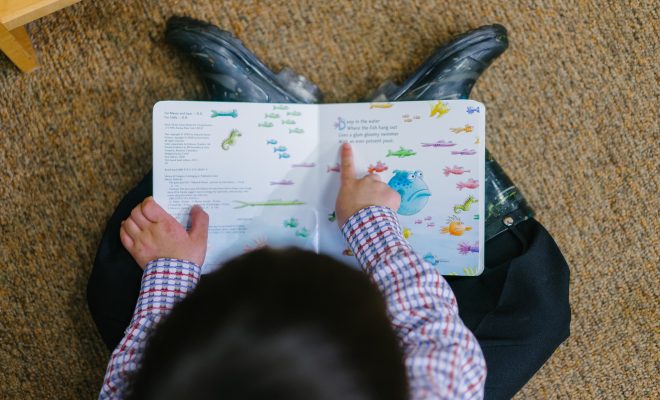How to Add Choice-Based Learning to Your Blended Classroom

Students often desire the ability to have more input into their own education. Particularly as they get older, children want to have a say in what they learn and how they learn it. Educators are starting to catch on to this trend and view it as a way to keep students engaged. The final result is a classroom with a choice-based learning component that gives children the flexibility and freedom they require.
Adding a choice-based learning program into the blended classroom can overwhelm you at first. However, it doesn’t have to be a difficult undertaking.
Teach the Lessons First
When it comes to giving your students options, the goal is not for them to teach themselves the material. There will first need to be a lesson that gives them the basic overview of how to perform the task and what it all means. Students who have a good grasp of the concepts can be more successful at applying them during the choice-based portion of your day. You and your students will experience less frustration at answering the same questions again and again while children try to teach themselves.
Develop a System
It might be easiest for you to develop a set list of options students can use to interact with the lesson you just gave. Everyone learns in a different way, so give them options on how to apply their knowledge. This gives you the best opportunity to assess their proficiency in new skills because they are actively applying themselves in an engaging activity. One suggestion would be to create a board with options such as visual notetaking, a short video, a podcast, or writing an e-book.
Appeal to Their Interests
One of the first things that come to mind when considering a choice-based classroom is the Teaching Artistic Behavior (TAB) curriculum. This option allows students to select their own craft and encourages them to explore their interests in a safe environment. You can apply many of the same ideas to the blended classroom. Offer selections that appeal to all students instead of activities from just one area. For example, you might offer a computer-based option, an artistic endeavor, a group project, and a writing prompt. Students can easily gravitate toward the area they are most interested in.
Stay Involved
Once you send students to their station, don’t simply return to your desk and hope for the best. You will need to be actively paying attention to ensure that students are grasping the concepts. Walk around and make yourself available to help students that you see struggling. Be sure to ask students if they have any further questions and what they feel like they learned from a given assignment before the day is over.
Choice-based learning can be an excellent addition to any classroom. Students are often far happier and more interested in engaging with the material when they can choose their own activities. In a blended classroom, there are more opportunities than ever before to give children the stimulation and options they need. This is an easy way to create more students who enjoy school and gain something from the curriculum.






